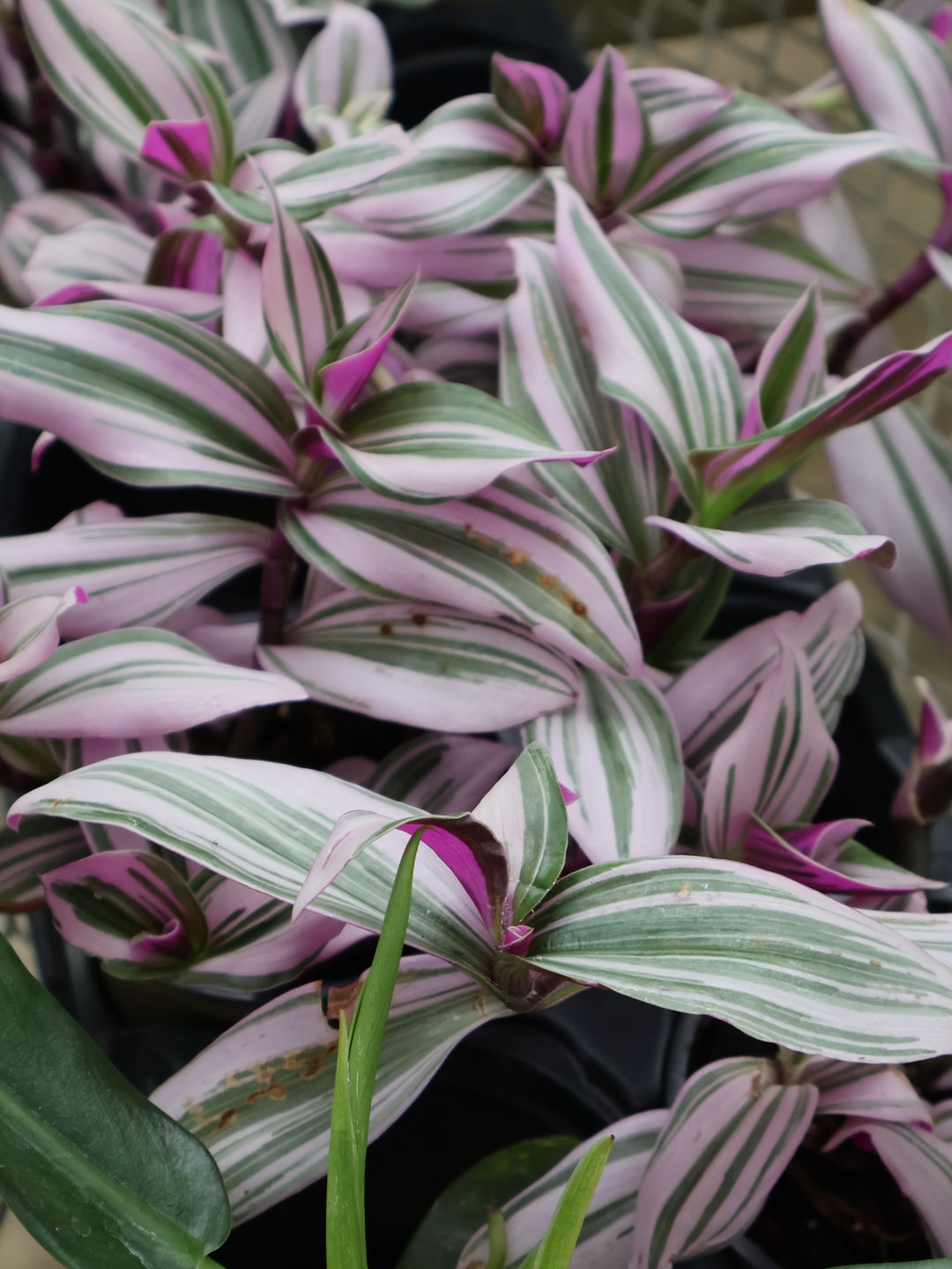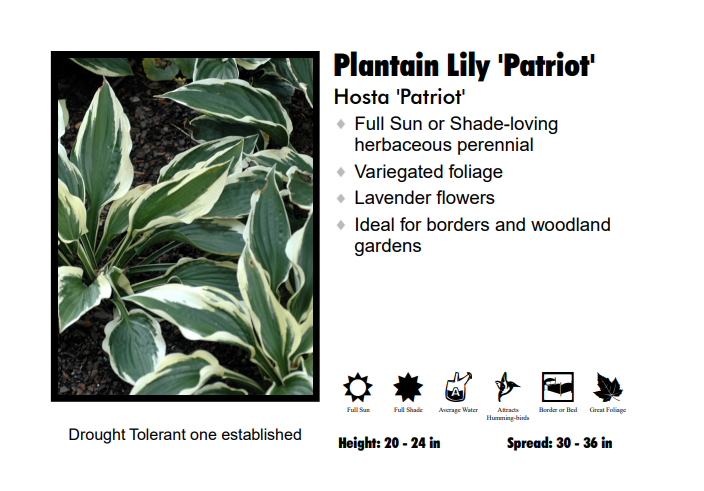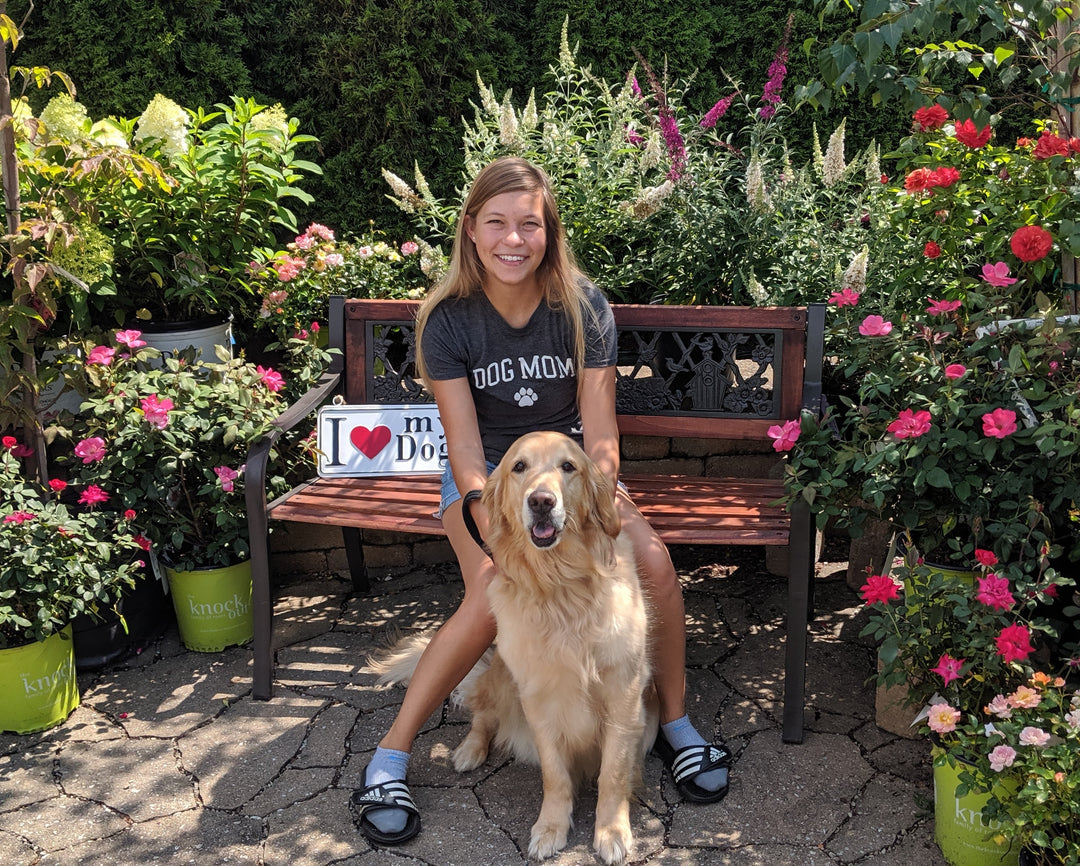Seed Starting in Ohio: Where Your Living Room Becomes a Greenhouse

Dear Friends,
If you're a gardener in Ohio, seed starting can be an exciting way to jump-start your garden and get a head start on the growing season. However, seed starting can be a delicate process that requires the right mix of soil, timing, and care to be successful. In this article, we'll discuss some tips and tricks for successful seed starting in Ohio.
Contain your seeds: Low, flat and wide are preferred.
Plastic pots or containers retain moisture consistently and are preferred for use. Wide and shallow pots prevent overcrowding of seedlings. Cell packs or plug trays are great for seeds that resent being disturbed. Used empty yogurt, shallow salsa, or hummus containers work well also. Make sure drainage holes are poked in bottoms before using them. Sanitizing containers in a 10% bleach solution for 10-15 minutes will make sure your containers start fresh, clean and free of pathogens.
Seed Starting Mix: The Right Mix is Key
One of the most important factors for successful seed starting is using the right seed starting mix. Regular garden soil is not recommended for seed starting because it can be too heavy and can contain weed seeds, diseases, and insects. Instead, choose a high-quality seed starting mix that is lightweight and sterile. These mixes are specifically designed to promote healthy root development and prevent diseases from developing.
Tips to Help Seeds Germinate
Plastic wrapped around your containers help keep moisture in and humidity high to aid with germination. The best thing to use is a humidity dome. This dome can be easily removed when watering is needed.
Soak hard shelled seeds for 24 hours and plant in soil to help speed germination. Corn, beans, pumpkins, and peas benefit from soaking. Smaller seeds like lettuce, carrots and radish do not need the pre-soaking. Keep soil moist but not soggy until seeds germinate. Usually, a nice mist from a spray bottle every day or every other day is all that is needed.
Root Zone Heating: Giving Seeds a Warm Welcome
Seeds require warmth to germinate, and one way to provide that warmth is through root zone heating. Root zone heating involves placing seed trays on a heating mat that is specifically designed for seed starting. These mats can increase soil temperature by 10-20 degrees and help promote faster germination. Using root zone heating can also help prevent the soil from drying out too quickly.
What to do When Seeds Sprout
Remove plastic or humidity domes once seeds sprout. Move plants to a south window where light is abundant. Typically, 12-16 hours of sunlight are needed for seedlings. If using a led grow light, keep 24-36” above plants. Make sure a timer is set to give plants a needed rest. If in a window, turn your seedlings a quarter turn each day, so they do not stretch toward the sun. Watch for “dampening off” which occurs when cold soil and poor drainage is prevalent. Seedling stems will turn yellow and rot at soil level.
What Types of Seeds to Start Now with a Last Frost Date of May 15th.
In Ohio, the last frost date is typically around May 15th. This means that you should start your seeds indoors 6-8 weeks before the last frost date. Some popular seeds to start indoors include tomatoes, peppers, eggplants, and herbs like basil and parsley. These plants require a longer growing season than Ohio's climate allows, so starting them indoors can give them a head start and allow them to produce fruit earlier.
When to Move Outside
Once your seedlings have grown to a certain size, they will be ready to be moved outside. However, it's important to "harden off" your plants before moving them outside. This means gradually exposing them to outdoor conditions, starting with a few hours outside each day and gradually increasing the amount of time they spend outside. This process can take 1-2 weeks, depending on the plant.
In conclusion, seed starting can be a fun and rewarding way to get a head start on your garden in Ohio. Using the right seed starting mix, providing root zone heating, watering correctly and starting the right types of seeds at the right time can help ensure success. With a little bit of care and patience, you'll be enjoying fresh home-grown produce in no time!












